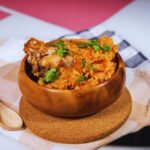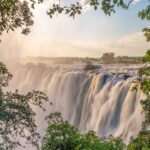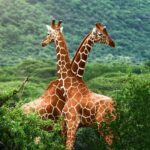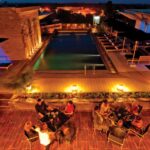The different outfits, decorations and sets showcased in new Hollywood blockbuster, Black Panther, highlight arts and fabrics as one major component of a complete travel experience in Africa. That Ruth Carter (Costume Director) and Hannah Beachler (Production Designer) did an amazing job in this movie cannot be overemphasised. I find its predominantly black gathering of characters intriguing while they donned and portrayed these artefacts with excitement written all over their faces like aw! ‘Wakanda Forever!’ Needless to say that visiting the ‘fictional’ third-world East African nation is now on my bucket list – pardon my pipe dream.
It’s possible to have a clear understanding of your favourite African tribes and cultures when you know where, in this awesome film, to look and then visit on your next journey to the motherland. I chose to write about the features of the fictional Disney-Marvel’s movie to enlighten you about African civilisation – succinctly covered in what many consider a successful plot twist to a long-coming fable.
Black Panther – and not Xhosa – is the work of fiction
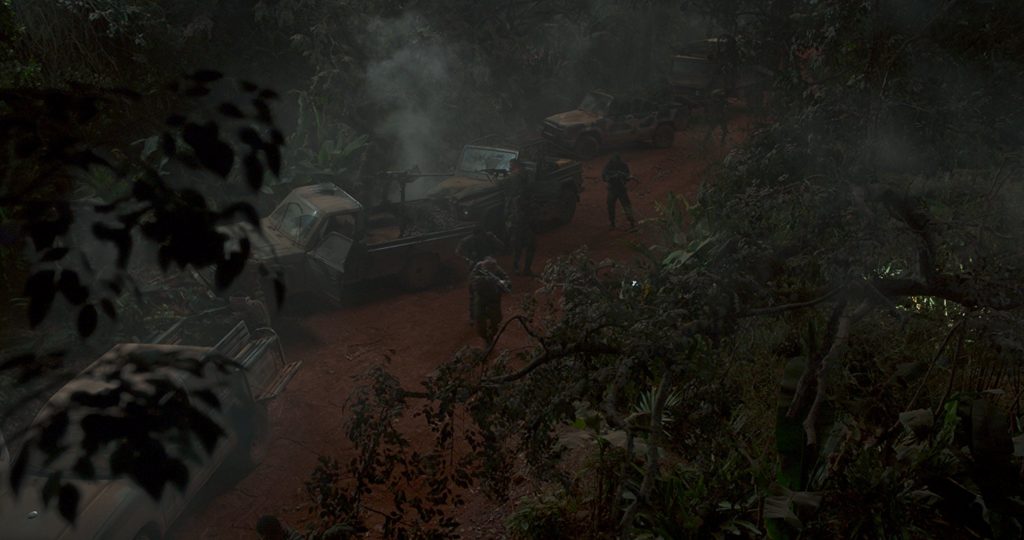
Its characters make real convo in Xhosa (one of the 11 South African languages). It’s predominantly the language of the Eastern Cape province and the underlying derivation of the name ‘Mandiba’, a title of respect for South Africa’s first black president Nelson Mandela. As for more than 7 million South Africans who speak Xhosa, some cast gave their best shot at the punchy and clicky language but not without a strange ascent. Did you catch our Kenyan sister, Lupita Nyong’o, speak Hausa while fighting to recover abducted girls in north-eastern Nigeria? Especially at the scene where the kidnappers asked,’Me ya fa ru?’ Meaning, ‘What is the matter?’ Lupita – in playing Wakanda’s deadly undercover spy to the world – learned to speak Hausa for certain scenes in the movie. She also practised judo, Filipino martial arts, jujitsu and silat.
Erik Kilmonger wears his pride
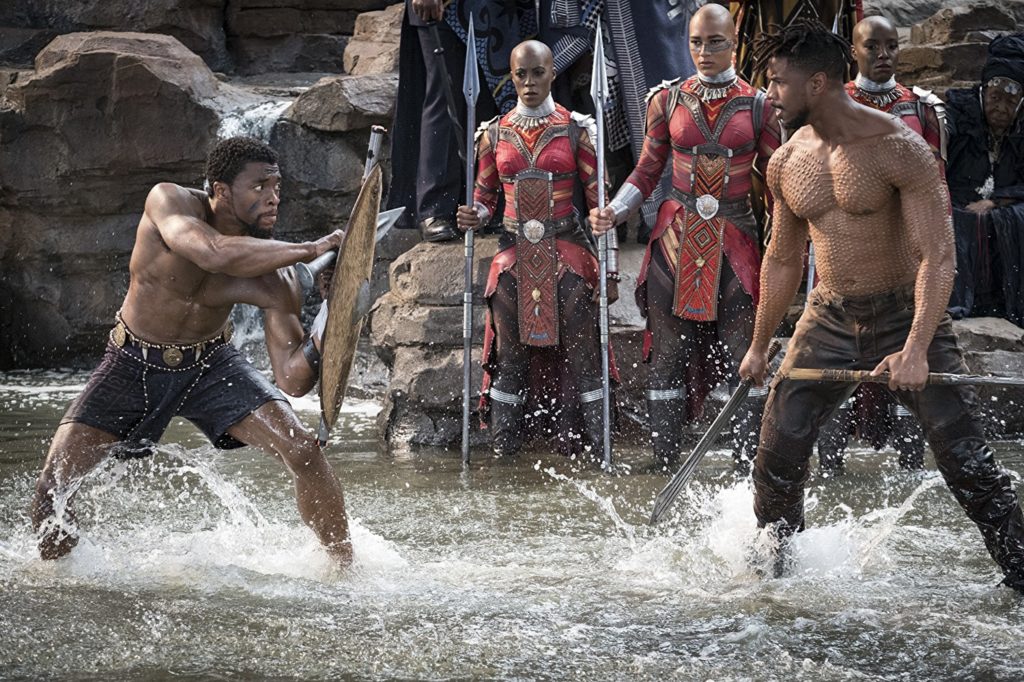
Those bumpy keloids on Michael B. Jordan’s chest and torso… were they for protection? Tribal markings, signs of maturity, ritualistic marks of beauty, what do you know about the abandoned practice of scarification? These days, too many tattoos of European symbols leaves one more depiction of the ancient African culture of scar tattoos to be cherished. Way back, the permanent modification of the body was either for identification, to symbolise beauty or tell a man/woman’s rank in the society. The intricate dotted patterns on Kilmonger’s flesh resembles that of Ethiopia’s Bodi, Mursi and Surma tribes or the Nuba people of central Sudan. The fear of HIV transmission via blades and shame has suppressed scar tattoos which were once loved across Africa.
The iconic Himba red hair; checked
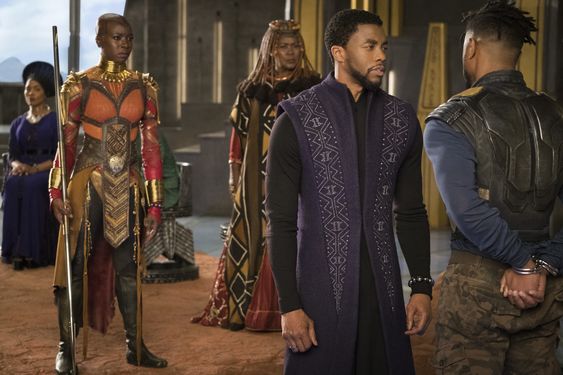
Enter the iconic red women of Namibia from where this cinematic production borrowed ideas for many of its costumes (the distinctive red earthy tone). Stashed somewhere in north-western Namibia, the indigenous Himba tribe preserve their people, tradition and culture like the fictional metal vibranium. Himba women are known for rubbing their hair and skin with an ochre paste of butter and fat, known as ‘otjize’ said to protect their skin against harsh climate. Himba people are semi-nomadic herders.
Ndebele neck rings

The outfits Shuri – T’Challa’s younger sister scientist – and Dora Milaje warrior – the all-female security force and Wankada’s version of State CID – wore have a noticeable collar; the neck rings. The Southern Ndebele people of Africa (South Africa/Zimbabwe) wear these stiff ornament around their neck. In this society, a wealthy person is identified by the sophistication of his or her (only married women) neck rings. They are often made of copper or brass.
Mursi and Surma lip plates
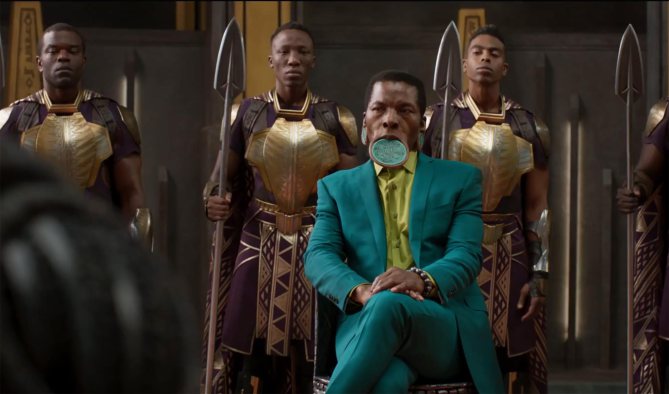
The man with the emerald suit (in the photo above) was one of the compelling characters among the “elders of the largest tribes in Wakanda”, according to the movie director, Ryan Coogler. Pierced lower lip for a disc (made of clay or wood) common with the Surma and Mursi people of Ethiopia and also the Sara and Lobi tribes of Chad. Among locals of the lower Omo River Valley of Ethiopia, this body modification is perfect for ceremonies. Like the case of a woman preparing for her wedding. It’s also common in many other cultures, including the Makonde people of Tanzania, the Suya and the Botocudo men of Brazil. Most importantly, it’s a trademark identity of the Mursi and Surma tribes of Ethiopia.
Aso Oke among the fabrics and arts in Black Panther
Shortly after Erik Kilmonger had eliminated vibranium hunter Ulysses Klaue, Forest Whittaker, in his role of shaman Zuri wore ‘Aso Oke’ while picking cotton in his garden (look closely). Aso Oke (which means ‘top cloth’) is a hand-loomed fabric woven by the Yoruba’s of western Nigeria. Its materials can be sewn into different patterns of clothing from the Agbada, fila to the women’s wrappers called iro.
The good ol’ Agbada
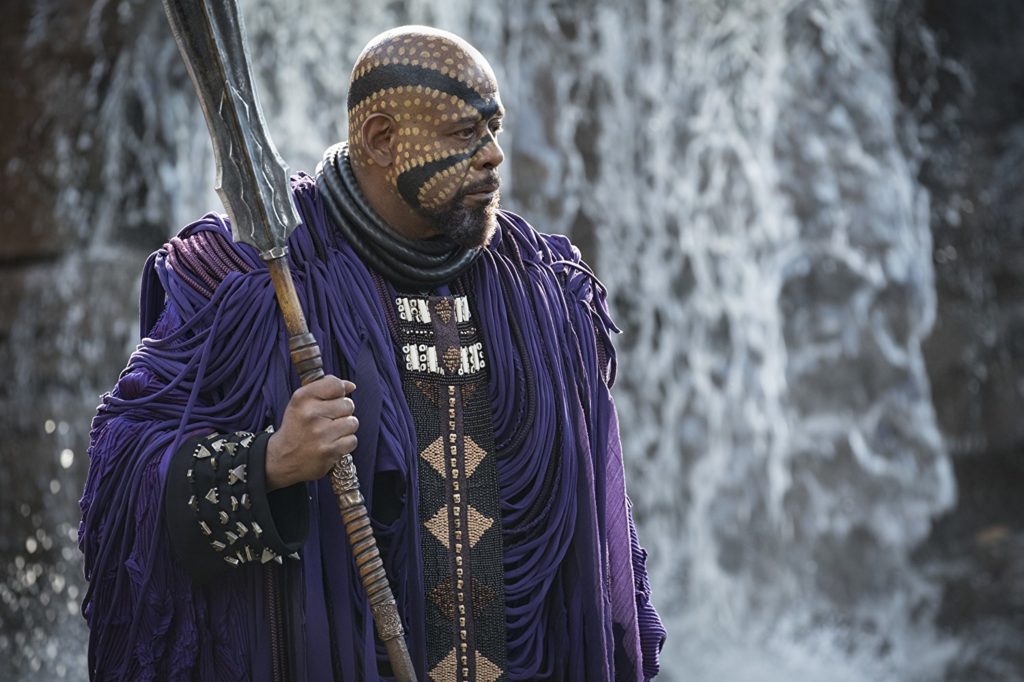
In another setting, Whittaker wore ornate flowing robes called Agbada. Another common clothing style in many parts of West Africa and North Africa. The Agbada has a flowing wide-sleeved robe. It can be worn by a man or a woman.
Basotho tribal blankets
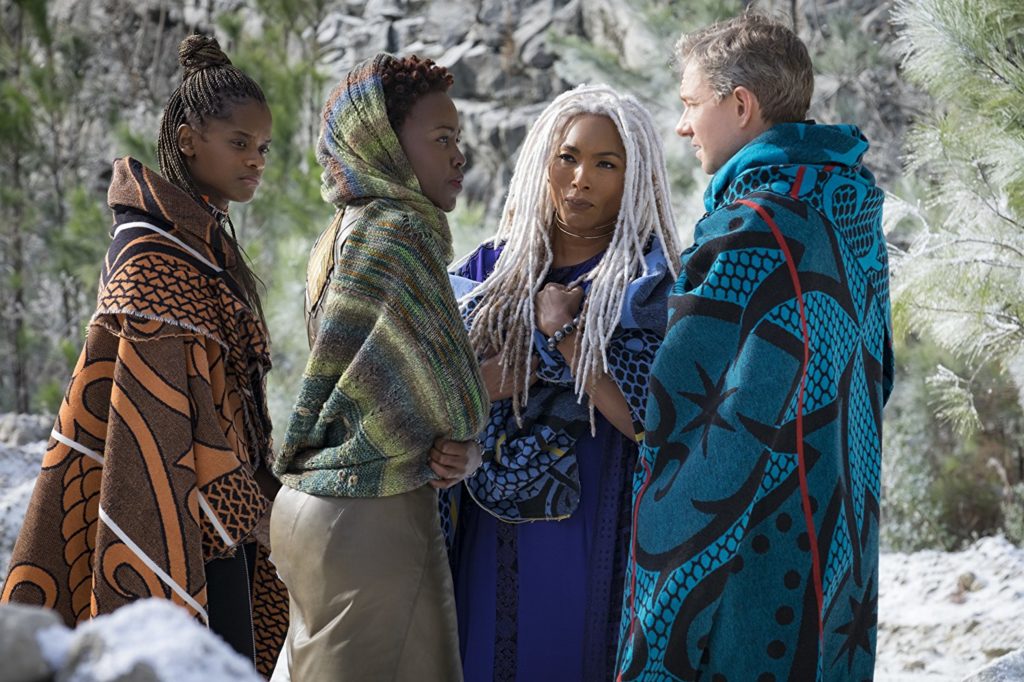
Daniel Kaluya, who played W’kabi looked comfortable with the Basotho blankets around his neck in several scenes. The blankets are originally a creation of the Lesotho Royal Family. It features a characteristic pin-stripe and bold colour combination with unique design patterns. Basotho blankets are made from wool to shield the wearer from wind and rain and also keep the body warm at high altitudes.
Tuareg scarfs
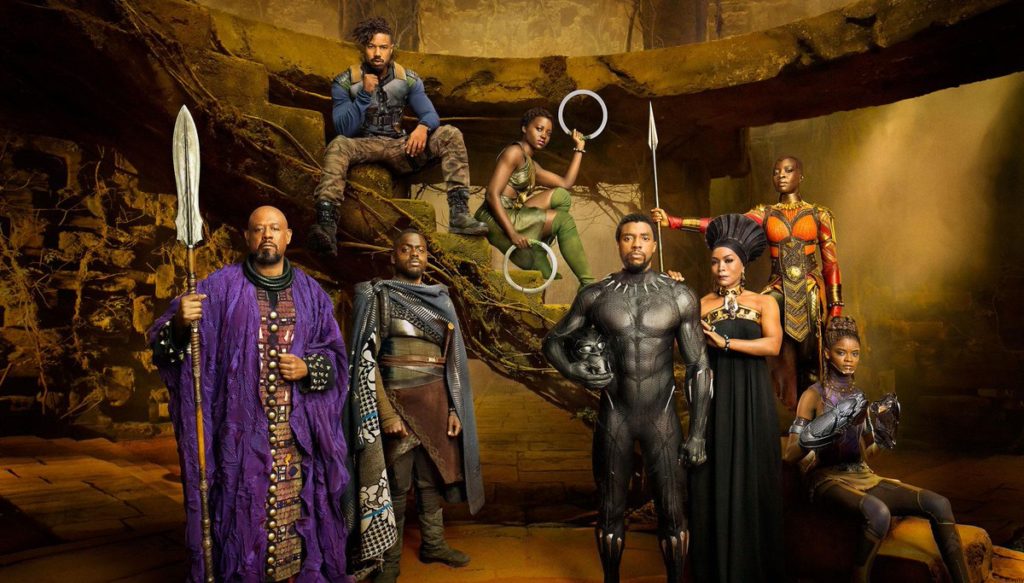
Several characters in this movie had large scarves covering their head and around the neck. There’s this particular scarf common with the men of the desert. It protects them against the harsh effect of ultraviolet radiation and the dust from the sand while they travel across the desert. The Tuareg people live in North and West Africa. The Tuareg scarves are soft and hand-woven. They’re made of cotton.
Turkana and Masai people of Kenya
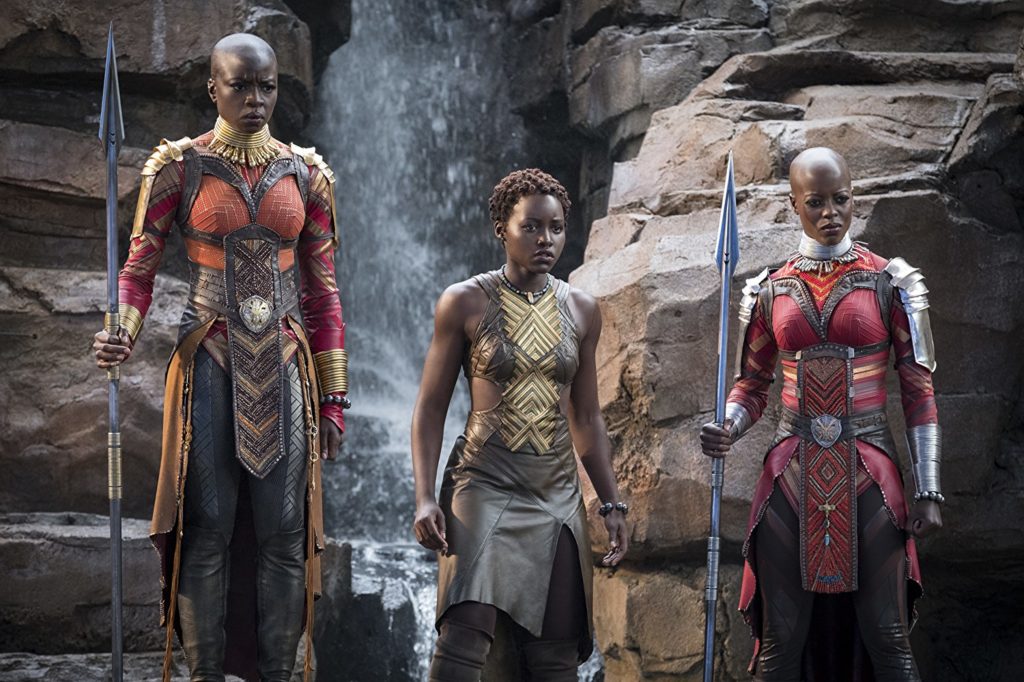
Carter must have gained much inspiration from the Masai people on conceiving ideas for the unique and futuristic details and decorations of Black Panthers costumes.
Zulu headdress
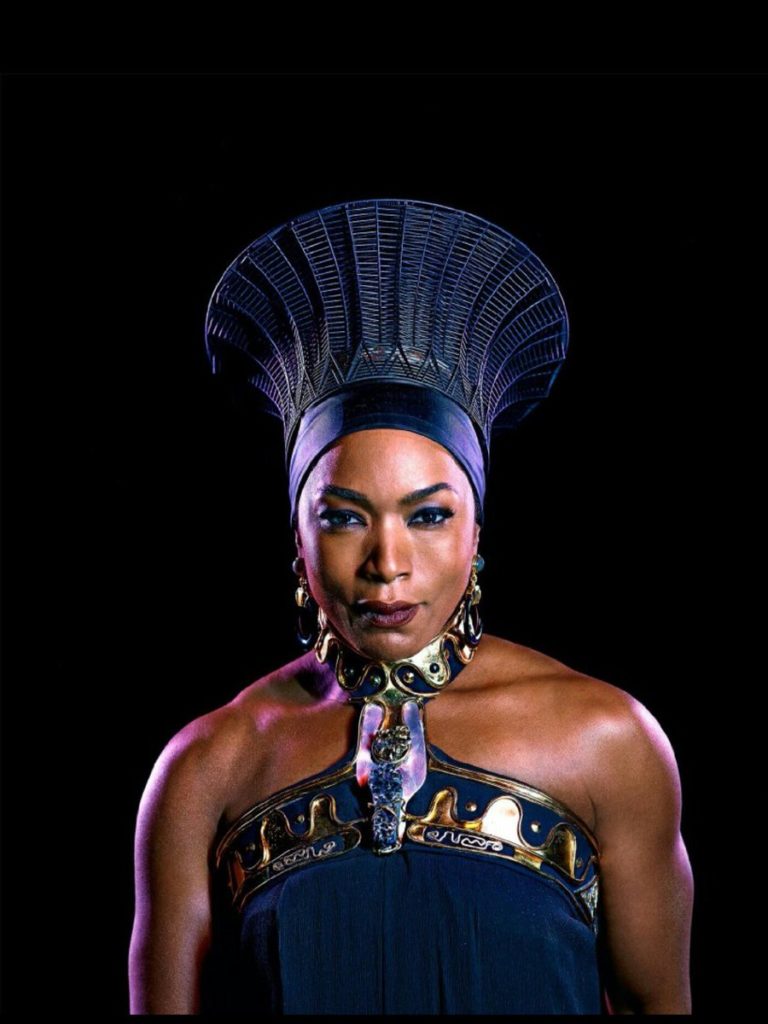
Headgear and hairstyles are important in most African communities. Here the widowed queen of Wakanda wears the standout headdress of the movie. ‘Isicholos’, the reed Zulu flared hat, which traditionally was reserved for married women at ceremonies. This hat comes in various colours of the rainbow with distinct details.
Igbo mask
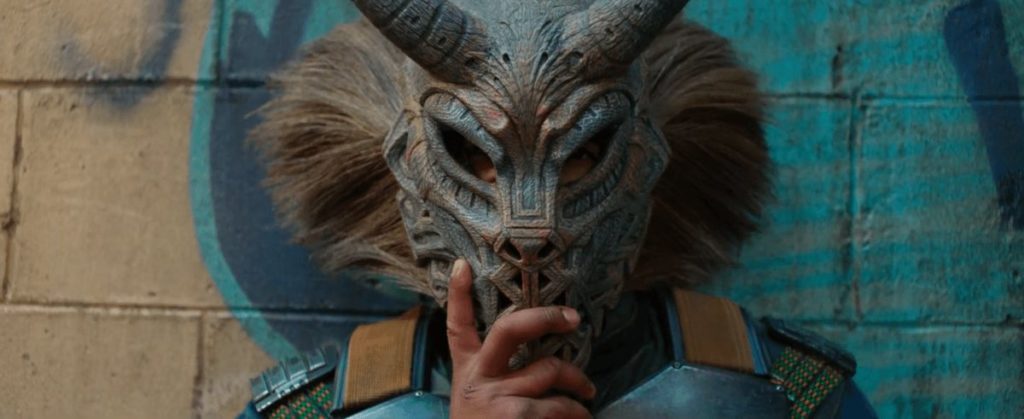
Kilmonger disguised himself with an Igbo mask in one of the most breathtaking scenes of the film. The mask, known as Mgbedike, comes in large sizes. It traditionally has an imposing aesthetic, mouth agape showing menacing teeth. It also has horns, a steep headdress of interlocking animals and human features. They are used in parts of Western Nigeria to commune with the spirits of the gods, express social values and enforce orders.
Those were quite some of the notable arts and fabrics as inspired by Carter – the costume directors. She also took inspiration from the Dogon people, who live in the central plateau region of Mali (West Africa).
T’Challa also used the Kente silk and cotton scarf in the movie. I know I’m missing something, do well to share some of the fabrics and arts in Black Panther which you must have spotted in the comment section below.


